Efficiency and Sustainability: Innovations in Chemical Recovery for Papermaking
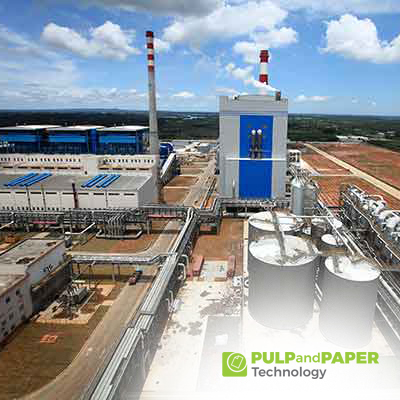
Introduction:
Papermaking is a vital industry encompassing packaging, publishing, and more. However, conventional methods lead to environmental issues like chemical waste and reliance on petrochemicals. Recent trends emphasize green chemistry, renewable resources, and sustainability in paper production. This article explores innovations in chemical recovery with a focus on efficiency, sustainability, and advanced technologies in chemical and biochemical engineering. The integration of green chemistry and renewable resources aims to reduce chemical waste, enhance process safety management, and optimize Chemical Pulping processes for a greener future.
Green Chemistry in Papermaking:

Green chemistry is a fundamental principle guiding transformative change in papermaking. It prioritizes eco-friendly practices and minimizes chemical waste through innovative chemical synthesis methods. By integrating green chemistry principles, paper mills can reduce their reliance on petrochemicals, optimize process safety management, and embrace renewable resources for sustainability. This proactive approach fosters a circular economy model and drives innovation in chemical engineering and biochemical engineering for a greener future in Chemical Pulping processes.
Renewable Resources for Paper Production:
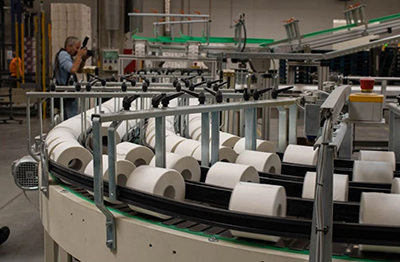
The papermaking sector is shifting towards renewable resources to reduce chemical waste and reliance on petrochemicals. Green chemistry principles guide this transition, emphasizing eco-friendly practices and sustainable chemical synthesis. Utilizing renewable resources like biomass-derived chemicals and plant-based fibers aligns with circular economy goals and enhances process safety management in Chemical Pulping. Advanced chemical engineering techniques optimize resource usage and minimize waste, showcasing the industry's commitment to environmental stewardship and resource efficiency.
Minimizing Chemical Waste:
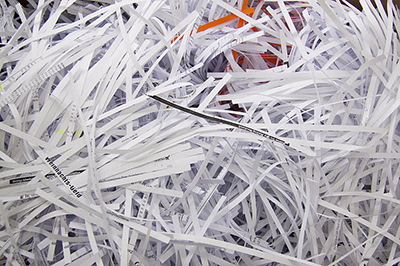
Minimizing chemical waste in papermaking is crucial for environmental conservation and process safety management. Green chemistry principles and innovative chemical engineering solutions play a key role in this endeavor. Process optimization and renewable resources integration reduce chemical waste generation, aligning with green chemistry goals and enhancing Chemical Pulping practices. Implementing closed-loop systems and utilizing biological catalysts further minimize waste, showcasing the industry's commitment to sustainability and efficient chemical synthesis in chemical factories.
Advancements in Chemical Synthesis:
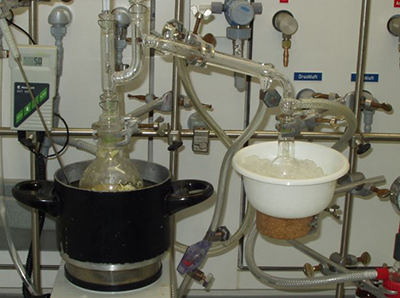
In the realm of chemical synthesis, continuous evolution is evident through advances in catalytic processes, reaction engineering, and sustainable chemistry. In papermaking, pioneering chemical synthesis techniques facilitate the creation of premium paper goods while minimizing the use of harmful chemicals. Technologies like green solvents, solvent-free processes, and bio-based additives contribute significantly to enhancing the efficiency and sustainability of paper production processes.
Transitioning Away from Petrochemicals:
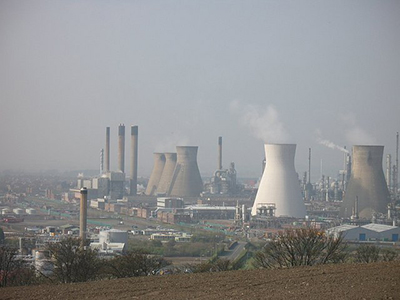
Transitioning away from petrochemicals is a crucial objective in fostering sustainable papermaking practices. Bio-based alternatives from renewable resources such as plants, algae, and waste biomass offer eco-friendly substitutes for traditional petrochemical inputs. The development of bio-based polymers, adhesives, and coatings through chemical synthesis signifies a significant move towards greener and more environmentally friendly paper production methods.
Integration of Chemical Engineering and Biochemical Engineering:
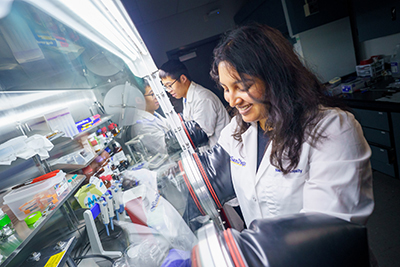
The integration of chemical engineering and biochemical engineering principles drives innovation in papermaking processes. Biochemical engineering techniques, including enzymatic treatments and biological catalysts, enhance chemical recovery and pulp processing efficiency. Collaborative research in these fields leads to the development of sustainable solutions that optimize resource utilization and reduce environmental impact.
Process Safety Management in Chemical Factories:
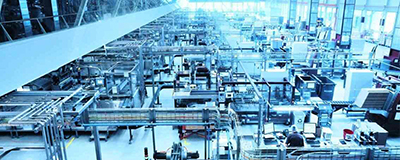
Ensuring process safety management is crucial in chemical factories involved in papermaking. Comprehensive risk assessment, safety protocols, and advanced monitoring systems are essential for preventing accidents and mitigating environmental risks. Innovations in safety engineering, including real-time monitoring and predictive analytics, enhance the safety and reliability of chemical processes in paper mills.
Role of Catalytic Processes in Chemistry:

Catalysis plays a significant role in optimizing chemical reactions and reducing energy consumption in papermaking processes. Catalytic converters, catalyst materials, and catalytic reactors enable efficient conversion of raw materials into valuable products while minimizing waste generation. The application of catalytic processes in chemistry contributes to the sustainability and cost-effectiveness of paper production.
Biological Catalysts and Enzymes in Papermaking:
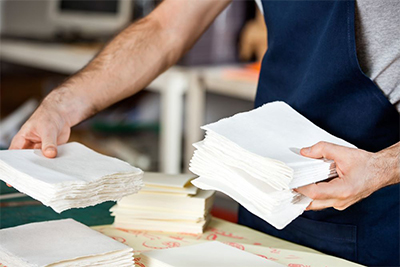
Biological catalysts, including enzymes, offer sustainable solutions for enhancing chemical recovery and pulp processing in papermaking. Enzymatic treatments improve fiber quality, reduce chemical usage, and enable the efficient breakdown of raw materials. Research in biological catalysts and enzyme engineering is driving advancements in enzymatic processes tailored for the paper industry's specific needs.
Quantitative Chemical Analysis for Process Optimization:
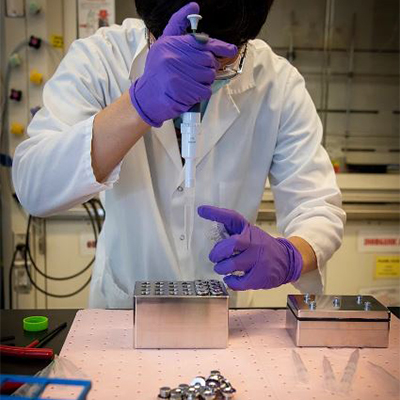
Quantitative chemical analysis methods are essential for process optimization and quality control in papermaking. Advanced analytical techniques, such as chromatography, spectroscopy, and mass spectrometry, provide accurate measurements of chemical compositions and process parameters. Real-time data analysis and feedback systems optimize production efficiency and ensure product consistency in paper mills.
Innovations in Chemical Pulping:
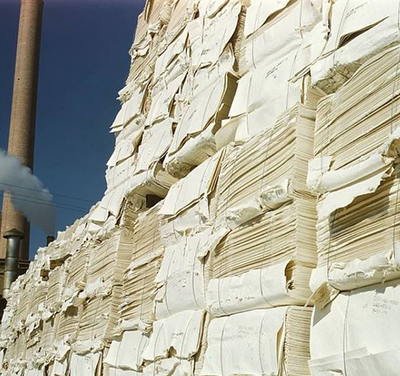
Innovations in Chemical Pulping processes are integral to papermaking, involving the breakdown of raw materials into pulp for paper production. Innovations in chemical pulping technologies focus on enhancing pulp quality, reducing environmental impact, and optimizing energy efficiency. From kraft pulping to sulfite pulping, ongoing research and development efforts aim to improve the sustainability and cost-effectiveness of chemical pulping processes.
Conclusion:
Efficiency and sustainability are driving forces in the evolution of chemical recovery for papermaking. Green chemistry principles, renewable resources, advanced chemical synthesis techniques, and collaborative efforts in chemical and biochemical engineering are shaping a more environmentally friendly and resource-efficient papermaking industry. By embracing innovation and sustainable practices, paper mills can contribute to a greener future while meeting the growing demand for sustainable paper products.









